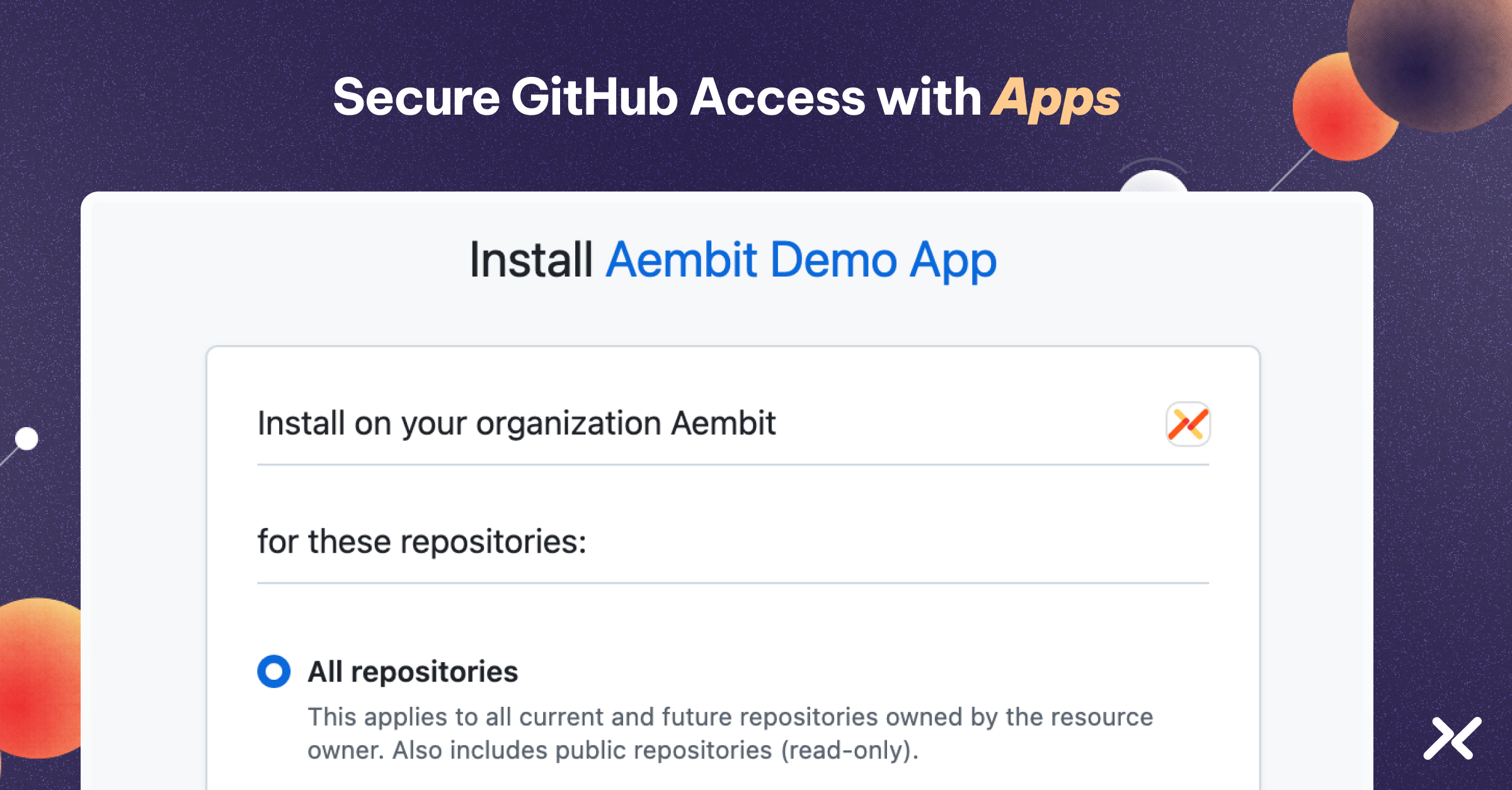Remember when managing identities at work was all about people? Times have changed. Now, digital identities encompass much more than just employees and customers. Non-human identities (NHIs) have become a critical component, deserving as much, if not more, attention as human identities.
This shift has created what we can call an “identity universe.” Industry analysts have recommended thinking of all these identities – human or machine – in a unified manner. This approach ensures consistent security and governance, minimizing the risk of discrepancies that could elevate an organization’s risk profile.
Remember, attackers aim to exploit any weakness, regardless of the type of identity, to achieve their objectives, such as unauthorized access, data theft, or disruption. Each type of identity, with its unique access and privileges, contributes to the overall attack surface.
Whether it belongs to a person or a system, the fundamental needs – authentication, authorization, and management – remain the same. However, the technology stack required to secure these identities often differs significantly.
Among the various types of identities, non-human identities (NHIs) – utilizing mechanisms like API keys, OAuth access tokens, certificates, and service accounts instead of traditional passwords to secure access – are used by systems and applications to authenticate themselves, not humans. These identities are essential for automating tasks and enabling system integrations, which are crucial for maintaining secure and efficient operations. Within this broader category, workload identities are the most prevalent, and specifically refer to those used by applications, services, and scripts, especially in cloud environments.
In most enterprises, NHIs vastly outnumber human identities, with estimates suggesting there are 10 to nearly 50 machine identities for every human user. The true scale of managing these identities is still largely underestimated.
To clarify these concepts, we’ve created an infographic titled “The Identity Universe: Users, Non-Humans, and Consumers.” It clearly outlines the three types of identities you’ll encounter in the enterprise and what makes each unique.
As more workloads and automated systems come online, managing these non-human identities becomes crucial for protecting your infrastructure and ensuring smooth operations.
Are you ready to explore the next frontier in identity security? Explore our new infographic!




